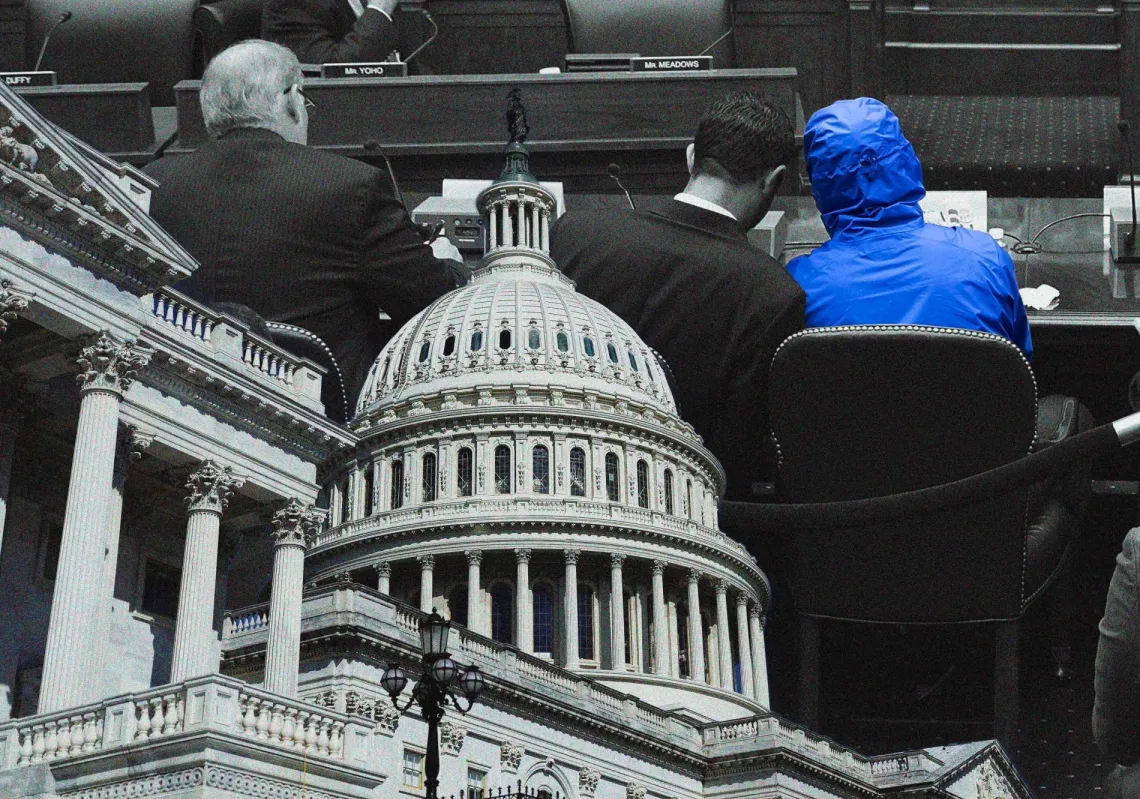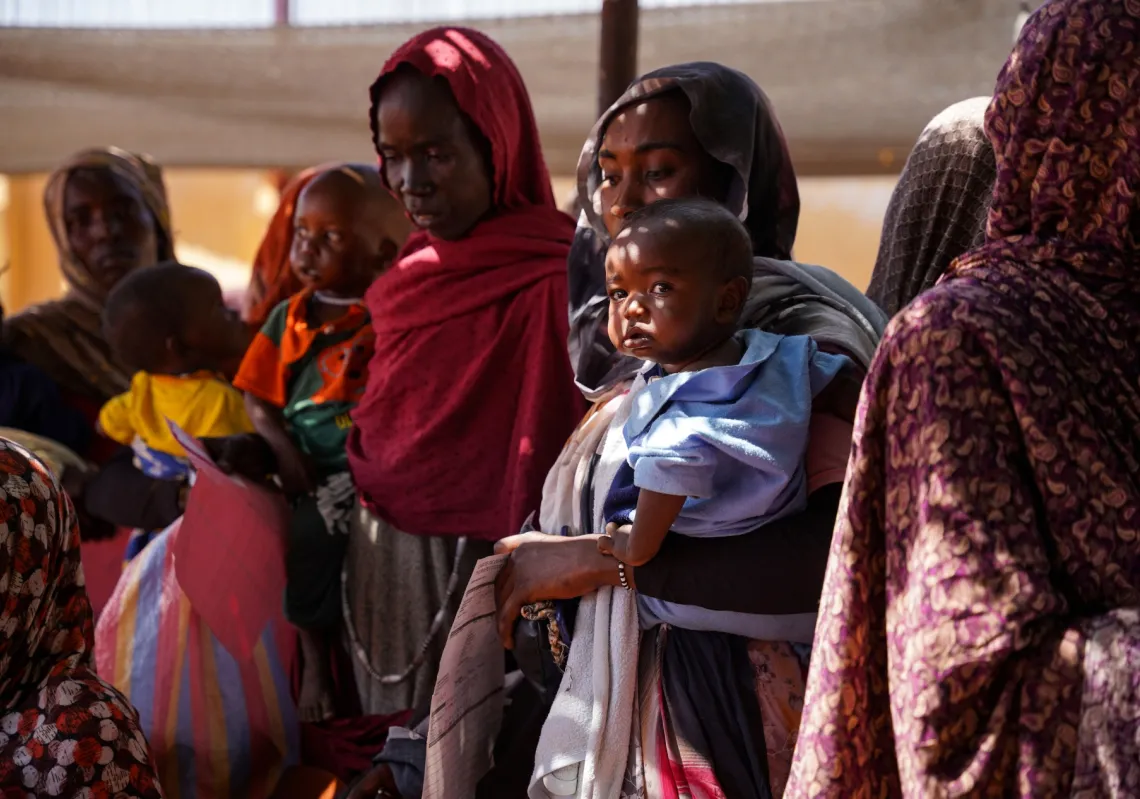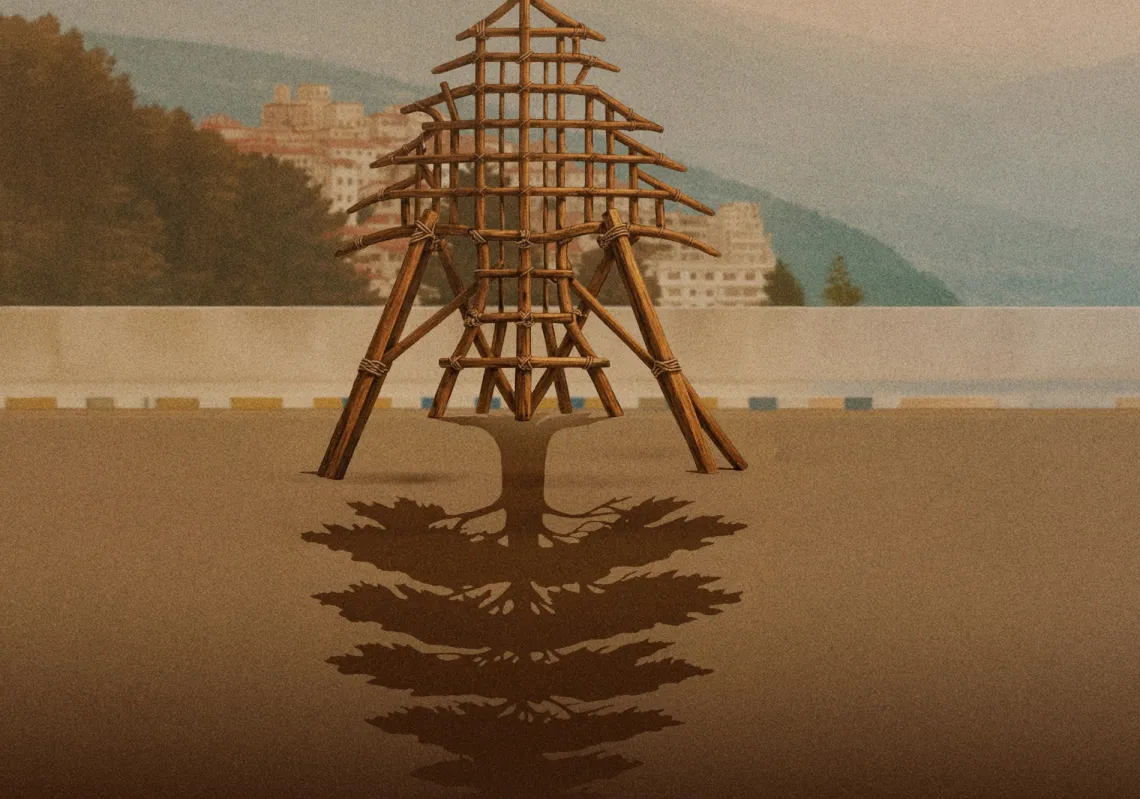Syria rolls out its EXPO 2024 exhibition today (on 4 September), targeting local industry in all its forms. Marketed as an opportunity to sell Syrian exports after years of war, it coincides with the 70th anniversary of the Damascus International Fair—a landmark event launched in September 1954 and that continued unabated until the Syrian conflict broke out in 2011. After a five-year suspension, the fair returned in 2016, only to be indefinitely halted with the 2020 outbreak of COVID-19 and has yet to be relaunched.
The fair was the brainchild of former president Adib Shishakli, who outlined its vision and objectives ahead of its grand opening on 4 September 1954. But much has changed in Syria between 1954 and 2024. Most major companies and factories represented at the first fair were nationalised and confiscated by Egyptian President Gamal Abdel Nasser during the short-lived Syrian-Egyptian in 1961, who transformed them from highly profitable companies into public sector failures.
As for those that emerged in the 1970s, most would close down with the outbreak of the Syrian conflict in 2011. Some owners feared lawlessness and the security breakdown; others felt they could no longer do business in light of international sanctions on the Syrian banking sector. Some terminated operations in light of laws and regulations that were extremely investor-unfriendly, while others walked away due to emigration, high operating costs, and a shortage of fuel and electricity.
Major factories that were once the pride of Aleppo were looted or smuggled into neighbouring Turkey early into the Syrian war. In 2014, Syria filed an official complaint to the United Nations, accusing Ankara of piracy for seizing no less than 720 factories in Aleppo alone.

From promise to despair
Never in their wildest dreams did architects of the 1954 fair imagine this is how the Syrian economy would look 70 years later. The Syrian pound, then trading at 2.19 to the US dollar, now stands at close to 15,000 SP. Prior to the fair’s launching in September 1954, several measures had been taken to strengthen the economy, like establishing the port of Latakia to free the country from reliance on the port of Beirut, followed by the Central Bank of Syria, which was mandated under Shishakli but did not see the light until 1956.
The Syrian economy of the 1950s was free and open, allowing the private sector to grow. The state only intervened to pass laws and collect taxes, never immersing itself in the day-to-day affairs of the business community. Joint stock companies numbered 37, totalling $32mn, while Syrian exports stood at an impressive $77mn annually.
All of that was reflected in the first Damascus International Fair, which was also a primer for the entire Arab world. Special booths were set up for participating states along Barada—the fabled river that has run through Damascus since ancient times, with a huge arch at the fair’s main reaching to the Damascus International Casino on the other side of Shukri al-Quwatli Boulevard (now the Four Seasons Hotel).
Headlining the list of Syrian participants was al-Khumasiyya, the business giant established in 1946 with a total capital of $6.8mn. It specialised in the production of oil, sugar, soap, and, more importantly, textiles sold across the Arab world. To meet its high demands, al-Khumasiyya set up its own power station in the countryside of Damascus, employing 4,735 workers before it was seized by the socialist government in 1961. Its workers had free medical care and a one-month bonus salary with 25% of profit sharing with al-Khamsiyya’s five founding families. The company became a tourist attraction in the 1950s and was visited by foreign heads of state like King Hussein of Jordan and King Saud of Saudi Arabia.
Global attraction
When the Syrian-Egyptian Union was established in 1958, fireworks were added to the Damascus Fair in September, which was attended by 1.5 million people (Damascus residents stood at 350,000). Two years later, President Abdel Nasser had a monument erected next to the fairgrounds, shaped like the famed sword of Damascus. Some referred to it as the Umayyad Sword, in reference to Islam’s first dynasty that ruled an empire from Damascus.
The most spectacular attraction of the Damascus International Fair was Lebanese diva Fairuz, who first performed in 1960, singing an ode to Damascus written by prominent Lebanese poet Said Akl. She was immensely popular in Syria and set a trend that would last many years. At every one of her Damascus Fair performances, Fairuz would debut with a special song for Damascus, except for 1968, when she sang for Palestine, and 1975 when she sang for her native Beirut, which at the time was up in flames months into the Lebanese civil war.
In addition to all Arab countries, both the US and USSR took part in the Damascus Fair, and so did Great Britain, France, Belgium, Italy, China, and both East and West Germany. Every state came up with its own special way of attracting visitors to its branch; the British distributed fruit-flavoured biscuits to little children, and the Japanese put on a sumo wrestler show on the fairgrounds. The Saudi booth was a major attraction, displaying the cover and belt of al-Kaaba in al-Masjid al-Haram in Mecca. The most vicious competition, no doubt, was between the US and Soviet booths, which came at the height of the Cold War.
Cold War politics
Spread across 40,000 meters, the Soviet branch was adorned with the red star of the Communist Party and cost $500,000 to build. Heavy Soviet cars and Russian tobacco and toys were displayed, but they were no match for what the Americans had to offer. Thanks to the Cinerama set up in its midst, no less than 100,000 people visited the US branch, simultaneously projecting images from three synchronised projectors on a deeply curved screen. This technique was first used in New York in 1952 and was still new to Europe and the Middle East. Music was plugged into the shows to make the experience more attractive and spread across 70 loudspeakers throughout the fairgrounds. Warner Bros provided the equipment, and the first show was called “American the Beautiful,” showing footage of Niagara Falls.
For the fair’s second round, an international film festival was added, being the first of its kind outside of Europe. Much attention was given to details at its opening ceremony on 8 September 1955; Syrians wanted it akin to the movie festivals in Cannes, Venice, and Karlovy Vary. Then came the second festival at the third fair in 1956, with 21 long films and 300 short ones from the US, USSR, France, and Egypt.











